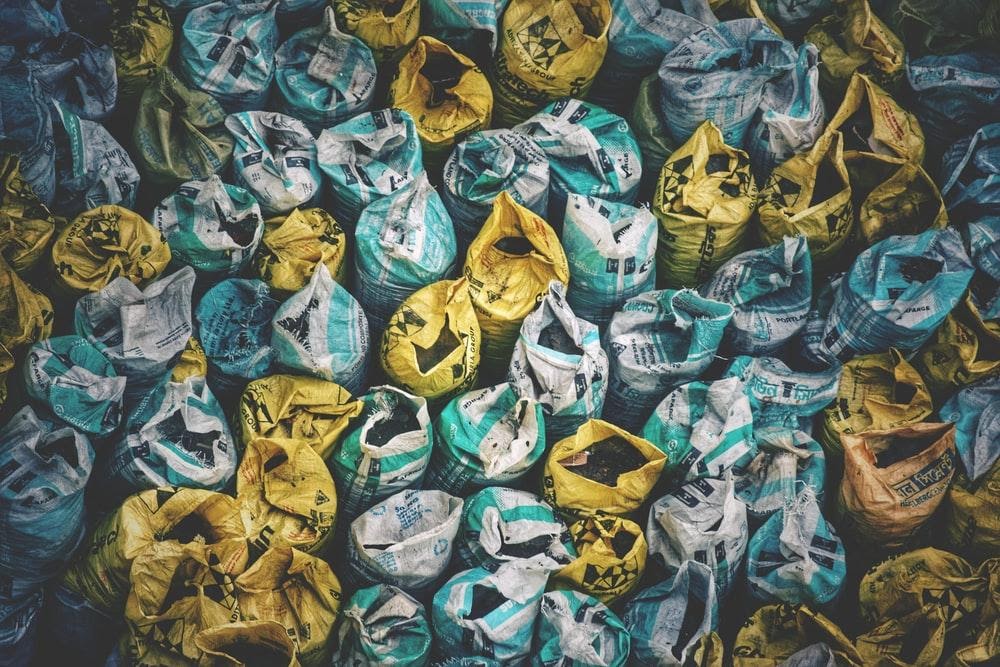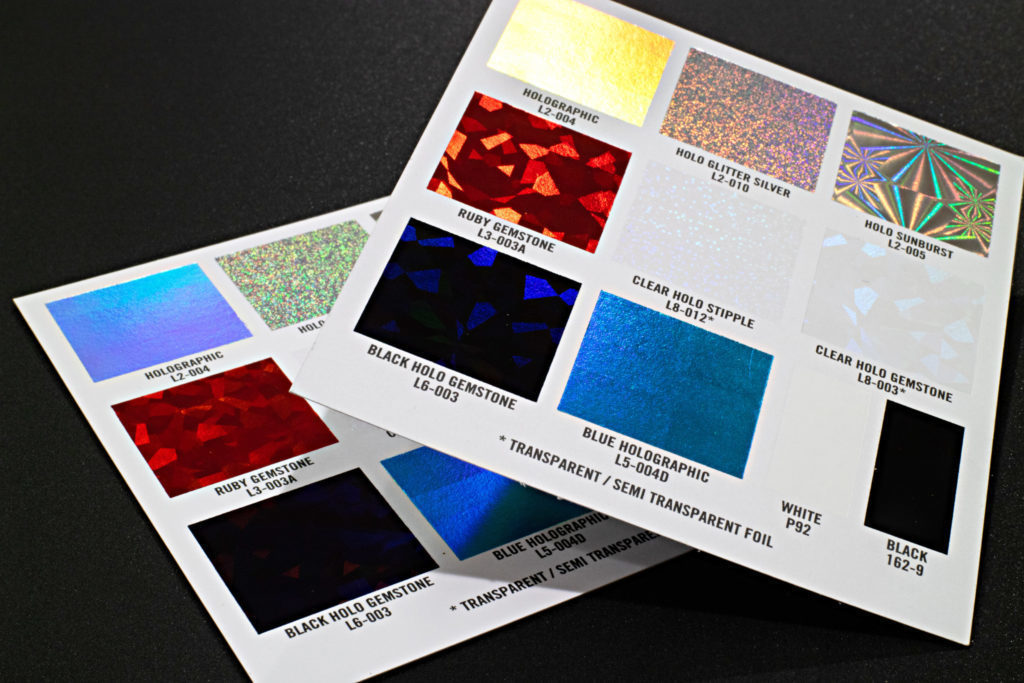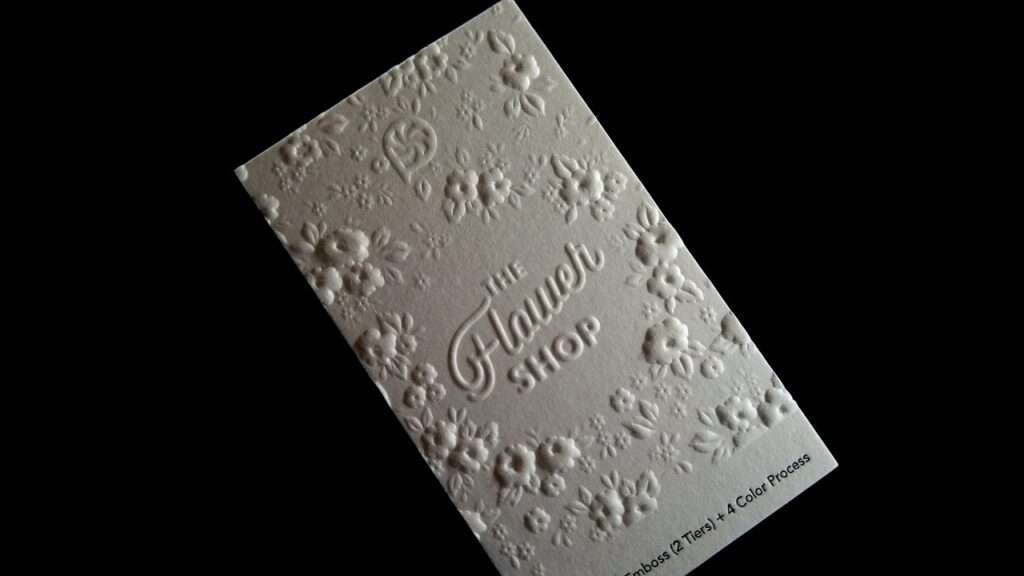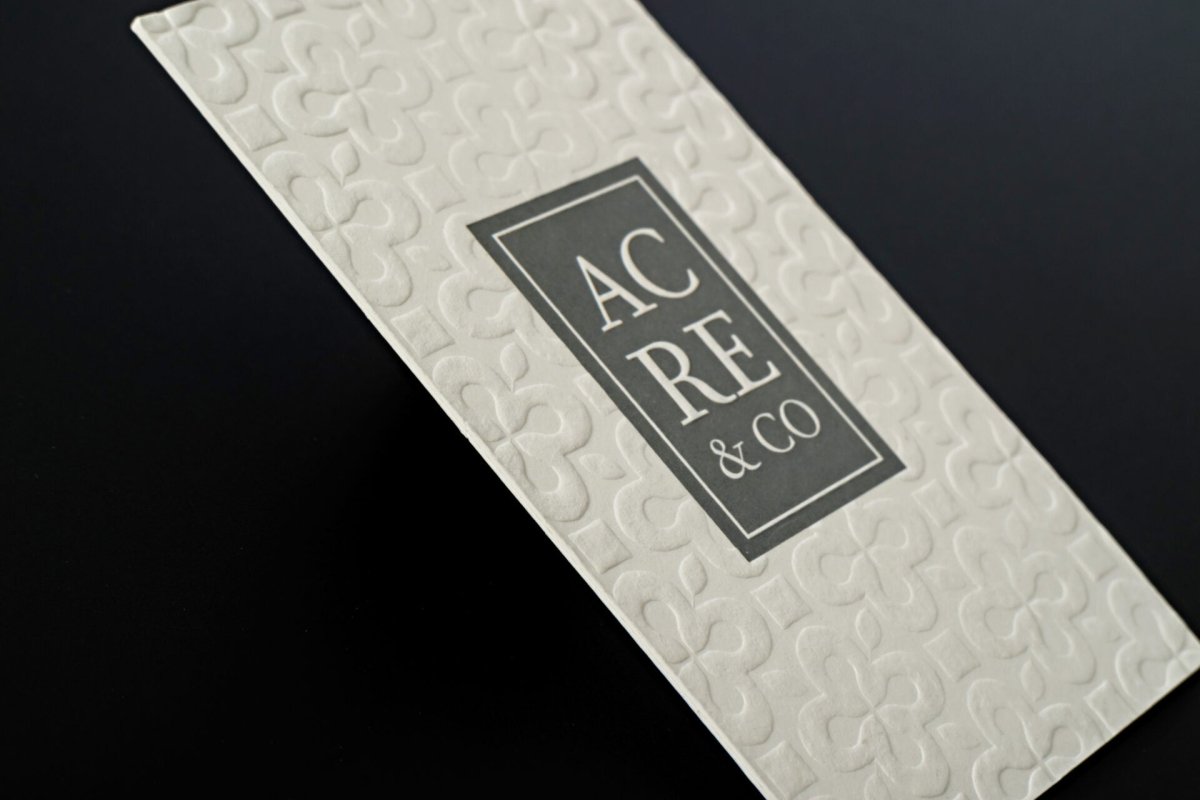
Recycled Paper: A Quick Guide for Sustainable Designers
adminShare

According to the United States EPA, virgin paper causes 74% and 35% more air and water pollution than recycled paper and helps prevent deforestation.
However, one disadvantage of using recycled paper is waste sludge. The deinking process used in recycled paper processing may result in 20% sludge by weight per recycled paper.
What Does Recycled Paper Contain?
Most Recycled paper is composed of:
- pre-consumer waster or
- post-consumer waste
Some types may also contain virgin wood fiber.
Preconsumer never reaches consumers. It is mostly waste fiber from paper mills. On the other hand, home and recycled office waste are the primary sources of post-consumer waste.
Post-consumer waste is better for the environment because it has a higher likelihood of ending up in landfills than being reused.

Brightness and Opacity
Sometimes, due to dinking and recycling, post-consumer waste contains more specks than virgin sheets.
Recycled papers also have a slightly lower brightness than virgin papers. But, recycled papers have higher opacity, meaning they are less translucent.
Opacity is considered a plus point because it helps greatly in double-sided printing. It also helps reduce costs, allowing designers to use thinner cost-effective sheets. Thinner sheets also help cut down on mailing expenses.
If your print job yields complete coverage, then a recycled paper with low brightness will not affect the final product.
Cost
Prices for recycled paper continue to reduce due to improved efficiencies. However, despite this, the price of repurposed products, including recycled paper, remains higher than virgin paper. There are several reasons behind this.
First is because of the fundamental law of economics: supply and demand. The demand for standard virgin paper is much higher as compared to recycled paper. Thus, companies can produce the former is much larger amounts and sell it at much lower costs.
Recycled paper also requires more equipment and processing, which forces manufacturers to increase prices to keep their operations financially viable.
However, this doesn’t mean you have to pay a fortune to keep buying recycled paper. A bit of comparative shopping can go a long way in finding affordable options?
This holds especially true if you can get your hands on subpar quality recycled paper. Also, by buying more recycled paper, you’re raising the demand, which the market may recognize and reward.
Bleaching Processes Used in Processing Recycled Paper
The brightness of a paper largely depends upon the bleaching process. Here’s a rundown of some popular bleaching options you should know about
Chlorine Bleaching and Chlorine Free Paper: Chlorine bleaching is employed to give the paper its characteristic strong white color. However, it can affect the environment adversely. The process of bleaching paper with chlorine results in the production of harmful chemicals, such as furans and dioxins that are known to have carcinogenic properties.
Oxygen bleaching: Though not as popular as chemical bleaching, oxygen bleaching has its place in the paper industry.
- Some alternative bleaching options employed in the paper industry that are chlorine-free (TCF) or processed chlorine-free (PCF) are:
- Totally chlorine free (TCF): In this process, only oxygen-based compounds are used. It’s completely devoid of chlorine or its derivatives.
- Processed Chlorine Free (PCF): In this process, only fiber components are treated with chlorine or chlorine-based compounds. The rest is chlorine, and chlorine derivate free.
- Elemental chlorine-free: This replaces elemental chlorine with chlorine dioxide for bleaching.
- Enhanced ECF: Enhanced ECF utilized chlorine dioxide only in the last stage. It leaches lignin from wood at the outset, which reduces energy and decreases the need for chemical use during bleaching.
- Enhanced ECF with ozone or hydrogen peroxide: Enhanced ECF employs replaces chlorine with ozone or hydrogen peroxide as a brightening agent in the bleaching process up till the penultimate stage. The final step still employs chlorine dioxide.

Which Chlorine Free Paper is Ideal for the Environment?
In terms of environmental preservation, the best papers have the following properties:
- PCF
- TCF
- Enhanced ECF with ozone or hydrogen peroxide
- Enhanced ECF
- Elemental Chlorine Free
To find out more on chlorine free products, check out the following resources:
- Natural Resources Defense Council
- The Chlorine Free Products Association (CFPA)
- Environmentally responsible printing
Sustainable Forestry Management
Besides recycled paper, you can also apply for some paper-based certifications exclusively designed to help preserve sustainable forests. These include:
FSC Forest Stewardship Council
Depending on which country you live in, there are various logos to signify sustainable forestry management.
Carbon Neutral Production
Any company or product with its greenhouse gas emissions measured, reduced, and offset with “carbon” credits can get the status of “carbon neutral.” This trend is catching pace in modern times, with many companies getting carbon credits by partaking in carbon offset schemes. These schemes vary from one country to another.


